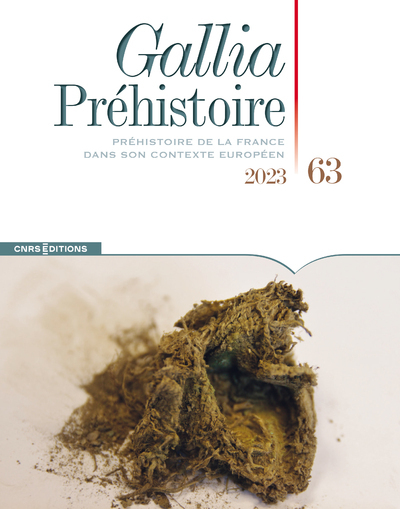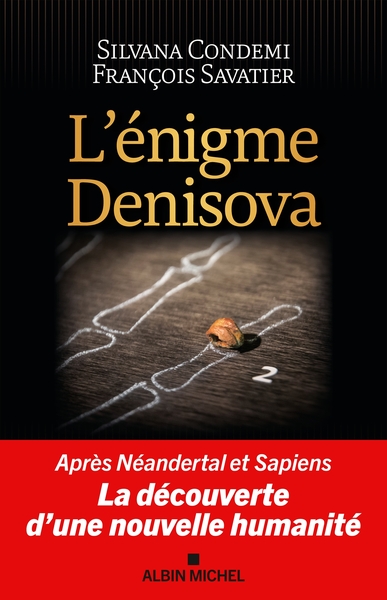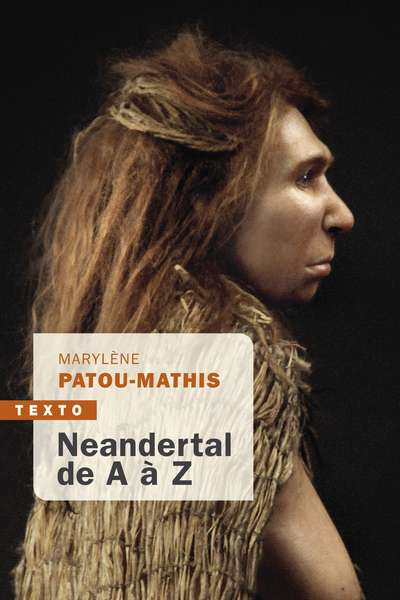- Recherche
- Recherche avancée
Paleolithic Quarrying Sites in Upper and Middle Egypt, (Egyptian Prehistory Monographs, vol. 4), 2002, 364 p., ill., br. - -
This book is an edited publication of several excavation campaigns in Egypt, oriented towards the understanding of the chert extraction techniques employed by Middle and early Upper Palaeolithic humans in the lower desert of the Egyptian Nile Valley between Tahta and Qena. It starts with a technical overview of the method of analysis of the lithic assemblages by P. Van Peer. The chert extraction structures of several Middle Palaeolithic sites and the related lithic assemblages from the sites of Nazlet Khater 1, 2 and 3 but also from Beit Allam and Nazlet Safaha 1-5 are studied and illustrated by numerous profiles and artefact drawings by P.M. Vermeersch, P. Van Peer, E. Paulissen and M. Otte. The prehistoric extraction proceeded by cutting trenches into the cobble deposits. The Nubian and the Levallois methods, but also blade technology, were used in the production of the large lithic assemblages. The sites are dated 120-50 ka BP. The Upper Palaeolithic site Nazlet Khater 4 (by P.M.Vermeersch, E. Paulissen and T. Vanderbeken) is a real mine that was exploited by a system of bell pits and trenches, creating underground galleries from where chert cobbles were extracted. OSL and 14 C dates suggest a time period between 45 and 38 ka BP. A simple technology produced blade blanks. The structures and the assemblage are illustrated by a high number of drawings. At Nazlet Khater 2, two burials that have been associated with the Upper Paleolithic mining activities are described in detail. A recent 14C date of 37 ka BP has been obtained on a piece of charcoal from one of the burials. R. Pinhasi relates the results of a biometric study of the affinities of the Nazlet Kather human with other African humans. He points out some archaic features. E. Brünner and G. Manzi discuss the possibilities of the virtual replica of the cranium and the mandible. S. Stokes and R. Bailey comment on the OSL-dating of Nazlet Safaha and Nazlet Khater 4, whereas A. Gautier studied some non-marine mollucs. In their conclusions P.M. Vermeersch and P. Van Peer comment on the technological aspects of the assemblages and the different extraction techniques. They point out that the extraction structures are among the oldest well-preserved chert exploitation features from the Old World.
Référence : 26012.
Anglais
45,00 €
Dans la même époque




